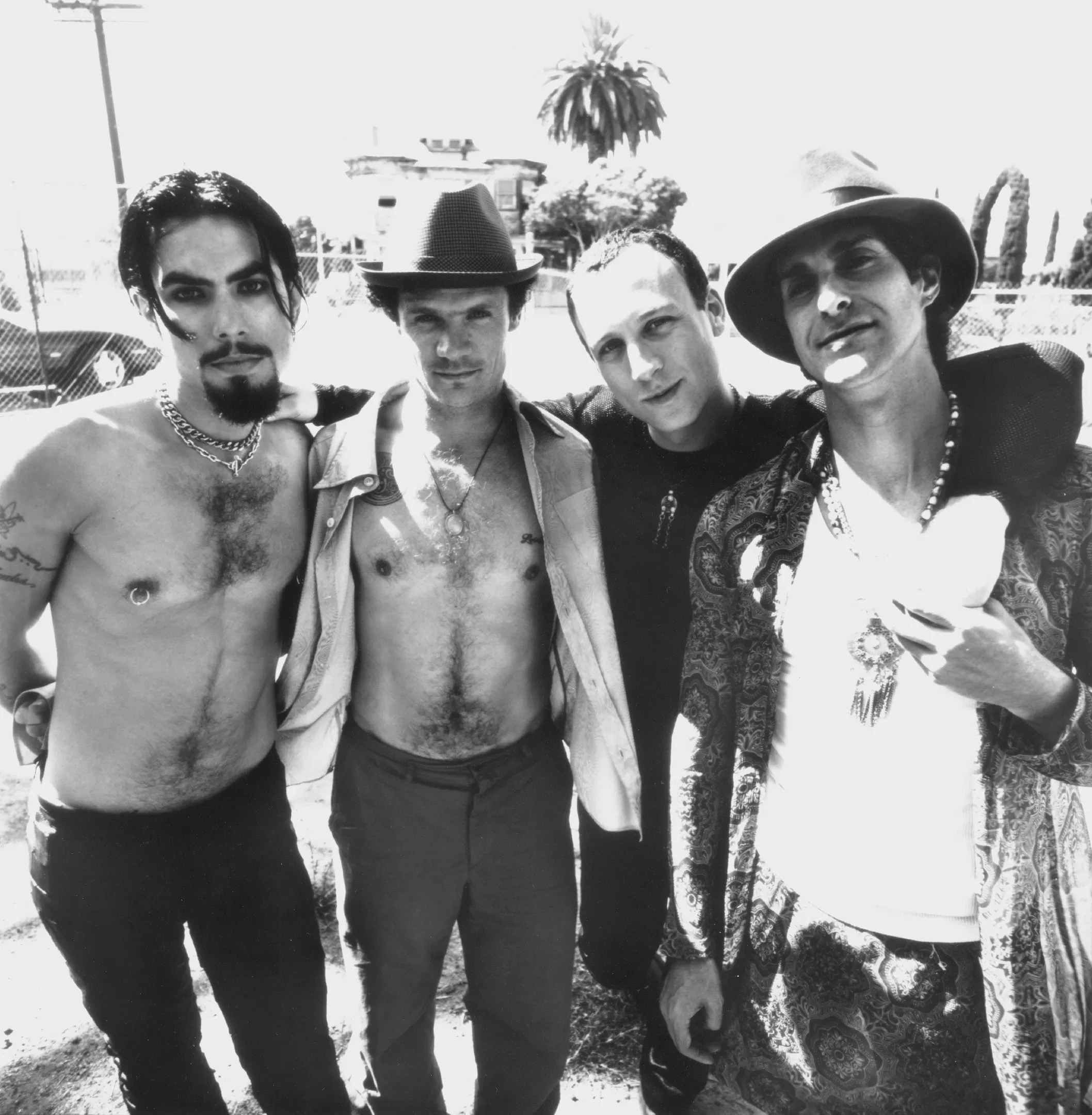
Michael Ochs/Getty

Audio By Carbonatix
Before Lollapalooza became one of the biggest destination festivals in the world, it smashed precedents as a touring festival that bands in the 1990s clamored to play. Before that, it was a farewell tour for Jane’s Addiction.
The economic impact of COVID-19 has been cruel to the Chicago-based festival and all of its competitors, but even if the book of the festival’s history were to end on this chapter, it would still leave behind an astonishing legacy. Its patented touring festival blueprint was an essential precursor to the likes of Lilith Fair and the Vans Warped Tour; a Lollapalooza slot was so coveted that Sharon Osbourne started Ozzfest when her husband and client Ozzy was denied a chance to play it.
These days, Lollapalooza attracts the Ariana Grandes and the Drakes of the music industry, but when it had a tour itinerary, it truly captured the spirit of the ’90s in having artists such as Smashing Pumpkins, Rage Against the Machine, Beastie Boys, Beck and Snoop Dogg on its bills. Packaged with these Generation X icons was the occasional heritage act, whether it was George Clinton or even Waylon Jennings.
The festival’s launch wasn’t as extravagant in comparison to later incarnations, but nine artists on an amphitheater tour were still considered unusual at the time. Jane’s Addiction was (obviously) a featured performer, but so were Ice-T and his band, Body Count, Violent Femmes, Living Colour, Rollins Band, Nine Inch Nails, Fishbone, Siouxsie and the Banshees and Butthole Surfers. It was an eclectic amalgamation of talent, and even with an undercard of niche club bands did the event merit a two-day stand at Dallas’ Starplex Amphitheater on Thursday, Aug. 22 and Friday, Aug. 23, 1991.
These were the only Texas dates for Lollapalooza that year, and it goes without saying that the attendees were not spared the state’s notoriously brutal summer heat, but that didn’t stop Nine Inch Nails and Siouxsie fans from dressing their Gothiest. Upon entry, fans were greeted with opening sets by Rollins Band and San Antonio’s own Butthole Surfers. Before the end of the formers’ set, members of the latter joined them. During Butthole Surfers’ set, vocalist Gibby Haynes fired a shotgun into the air.
“It was quite a big show from a public standpoint, but production-wise it was relatively small.” – Stage manager Michael “Curly” Jobson to SPIN
“One day I said, ‘Yo, man, are you shooting blanks?'” recalled Vernon Reid of Living Colour in a 1999 interview with Rolling Stone. “He had a twinkle in his eye.”
Indeed, the festival had its share of shock value. Jane’s Addiction made a name for themselves for their shocking performances just as hair metal was drawing its final breath, so for other acts on the festival, raising hell was something of a requirement. This says nothing, either, about the fact that Body Count played their infamous 1992 single “Cop Killer” almost an entire year before its release.
“It was quite a big show from a public standpoint, but production-wise it was relatively small,” said stage manager Michael “Curly” Jobson in an oral history with SPIN. “The fact that it wasn’t a slick, overproduced event gave it that element of cool. Lollapalooza was a little ramshackle errand.”
Even then, music wasn’t the festival’s only offering. Each date had a local visual art exhibition and space for activist groups to set up booths. Jane’s Addiction vocalist and Lollapalooza founder Perry Farrell had a vision for a space where every view or cause could be represented. While this would mostly be realized in subsequent incarnations of Lollapalooza, the launch did lend rise to Rock the Vote, which played an important role in Bill Clinton’s presidential victory the following year.
Until its dissolution as a touring festival in 1997, Lollapalooza expanded in scope with each subsequent year, and as it did, it never once skipped Dallas. It even paid a visit to the same venue in 2003 in the one year it was revived as a touring festival. A 2004 run headlined by Morrissey, the Pixies, Sonic Youth, The Killers and Wilco was initially slated to conclude in Dallas, but the stacked bill was 86’d because of low ticket sales. The following year, Lollapalooza transformed into the weekend-long Chicago festival we all know today.
Like every enterprise with staying power, Lollapalooza has adapted to cultural changes and changed its form, but let’s not forget how lucky we were as a city to take part in this ramshackle errand.